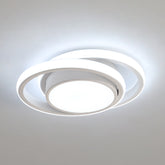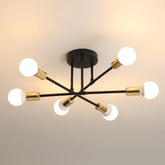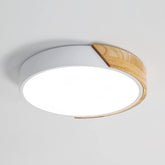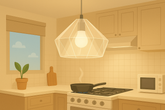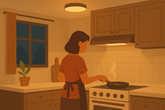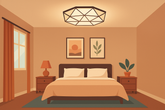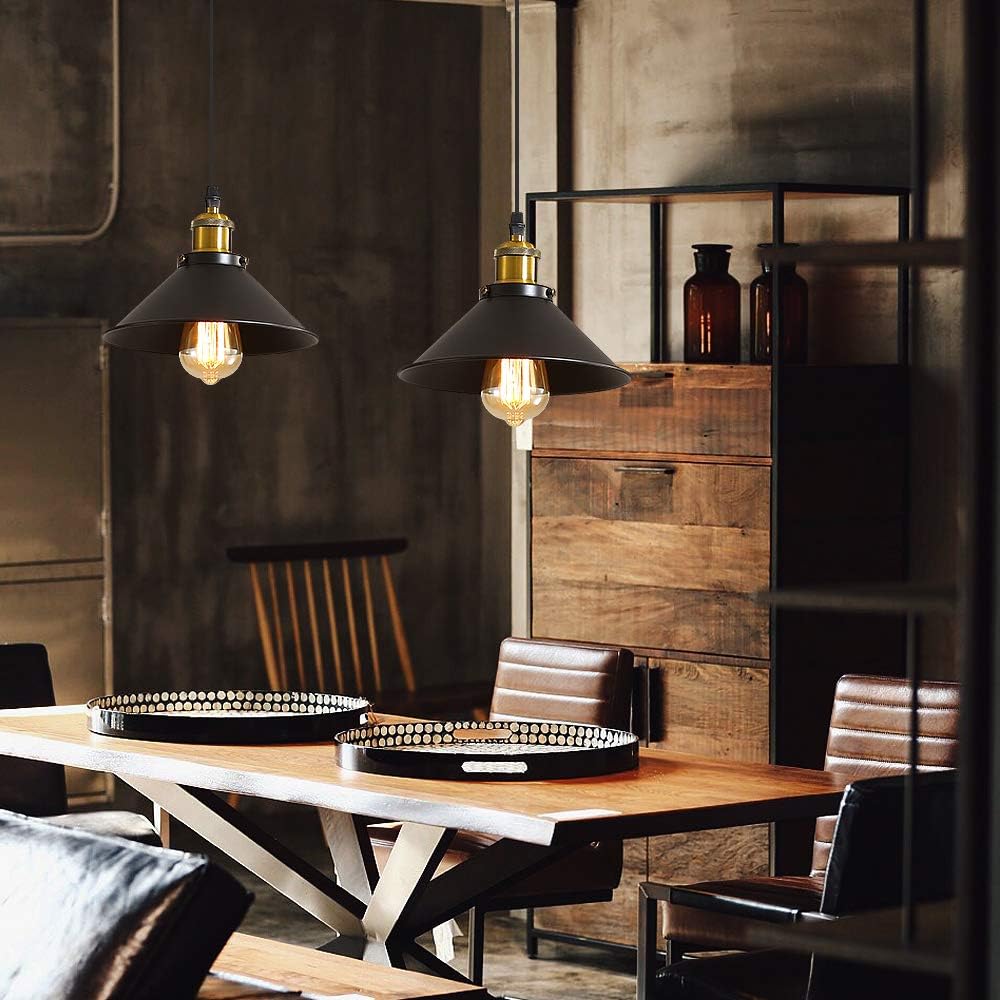Kitchen Ceiling Light Guide: How to Choose the Best Fixture for Your Cooking Space
The kitchen is more than just a place for cooking—it's a warm, welcoming space where family and friends gather. Proper lighting plays a crucial role in both function and ambiance. Ceiling lights, with their clean design and practical features, have become a popular choice for kitchen lighting. This guide will help you select the ideal ceiling fixture for your space.
✨ 1. The Unique Appeal of Ceiling Lights
Ceiling lights come in a variety of shapes—square, round, flat dome, semi-sphere, or rectangular. They mount directly onto the ceiling, requiring no complicated installation, and their minimalist style saves space. Perfect for open-concept kitchens, they help create a bright, airy feel. These lights are also versatile, suitable for living rooms, bedrooms, bathrooms, and beyond.
🔍 2. Key Components to Consider
2.1. Ballast Type: Magnetic vs. Electronic
Electronic ballasts offer major advantages: instant start, better light output, silent operation, lower heat, and up to 75% less power consumption compared to magnetic ballasts. They also extend the lamp’s lifespan and are more energy-efficient in the long run.
2.2. Tube Type: Halophosphate vs. Tri-Phosphor
Tri-phosphor fluorescent tubes provide excellent color rendering, higher brightness, and longer-lasting performance. Halophosphate tubes tend to distort colors, offer lower brightness, and dim more quickly over time. A quick test: hands under a halophosphate tube will appear pale, while tri-phosphor light shows natural skin tones.
🧰 3. Control Features & Materials
Remote-controlled ceiling lights are convenient but may not be ideal for kitchens due to exposure to grease and steam, which can damage remotes. Traditional wall switches are a more reliable choice. In terms of materials, plastic and acrylic are common. Glass shades, though more fragile and harder to clean, offer better sealing against grease and dust—ideal for kitchens where easy maintenance matters.
📊 4. Important Lighting Metrics
- Lumen Output: Look for 1500–2500 lumens to ensure enough brightness for food prep and cooking.
- Color Temperature: 3000–4000K warm white provides a cozy yet clear lighting atmosphere.
- Color Rendering Index (CRI): CRI above 80 is recommended for accurate food and ingredient color presentation.
- Average Lifespan: Choose lights with long life expectancy to minimize replacement costs and hassle.
- Luminous Efficacy: Higher efficacy means better energy savings and performance.
- Flicker-Free Design: Ensure the light is stable and rated flicker-free to prevent eye strain and fatigue.
